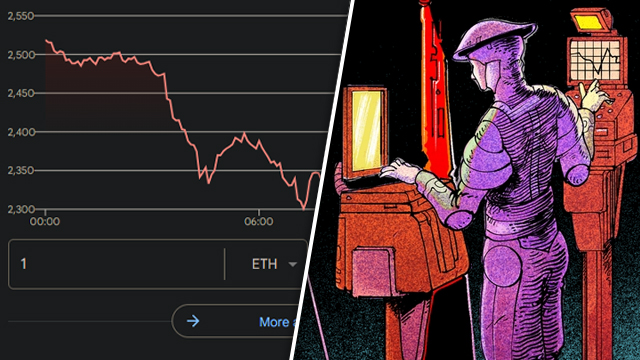The Ethereum 2.0 release date is fast approaching. In fact, Phase 0 is already implemented, with cryptocurrency fans now waiting for Phase 1 and 2 to roll out. With the 2.0 version, Ethereum is aiming to be “more scalable, more secure, and more sustainable.” Once the full 2.0 upgrade has rolled out, Ethereum holders and miners should have some exciting new features to make use of. Here is when the Ethereum 2.0 release date is.
When is the Ethereum 2.0 release date?

Ethereum 2.0 is releasing in 2022/23.
Ethereum 2.0 Phase 1 release date
Ethereum 2.0 Phase 1 has a target release date of Q2/Q3 2022.
Phase 1 is called “The Merge.” In this stage, the Ethereum Mainnet will “merge with the beacon chain proof-of-stake system.” This will mean the end of proof-of-work for Ethereum, transitioning it into proof-of-stake instead. (This was previously known as “The Docking.”)
Ethereum 2.0 Phase 2 release date
Ethereum 2.0 Phase 2 is aiming for a release date of 2023.
Phase 2 is all about “Shard Chains.” This involves “sharding,” a multi-phase upgrade to “improve Ethereum’s scalability and capacity. Once introduced, shard chains will spread the network’s load across 64 new chains. This has the advantage of making it easier to run a node by keeping hardware requirements load.
It’s going to be a very interesting year for Ethereum. As more improvements are made, the price of the currency will no doubt see an impact.
As with all aspects of cryptocurrency technology, especially in today’s pandemic world, there can be unforeseen delays. Until further notice, Phase 1 of Ethereum 2.0 is set to release this year, while Phase 2 will launch in 2023.
This article will be updated as and when more information becomes available.
In other news, The Batman (2022) spoilers are already starting to swirl. If you don’t mind the theories and potential spoilers, dive into the details here.
The next Pokemon game, Pokemon Legends: Arceus, is cutting abilities, held items, and breeding, according to leaks.
The Xbox Developer Mode accounts that have been used for running emulators are being locked for being “inactive.”











